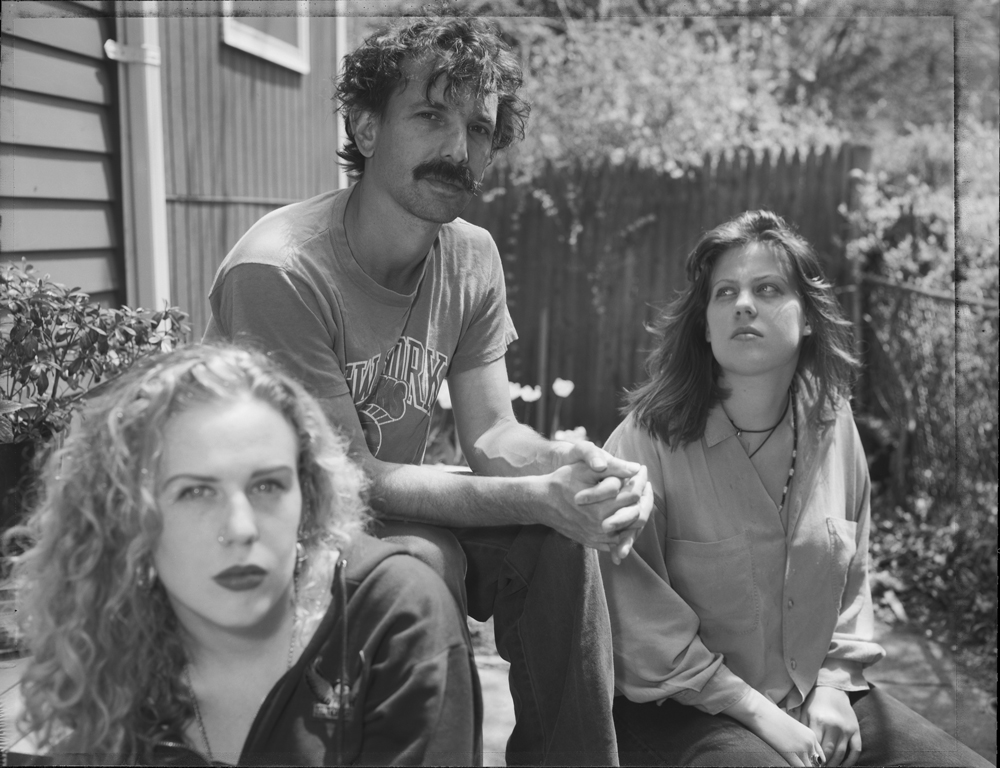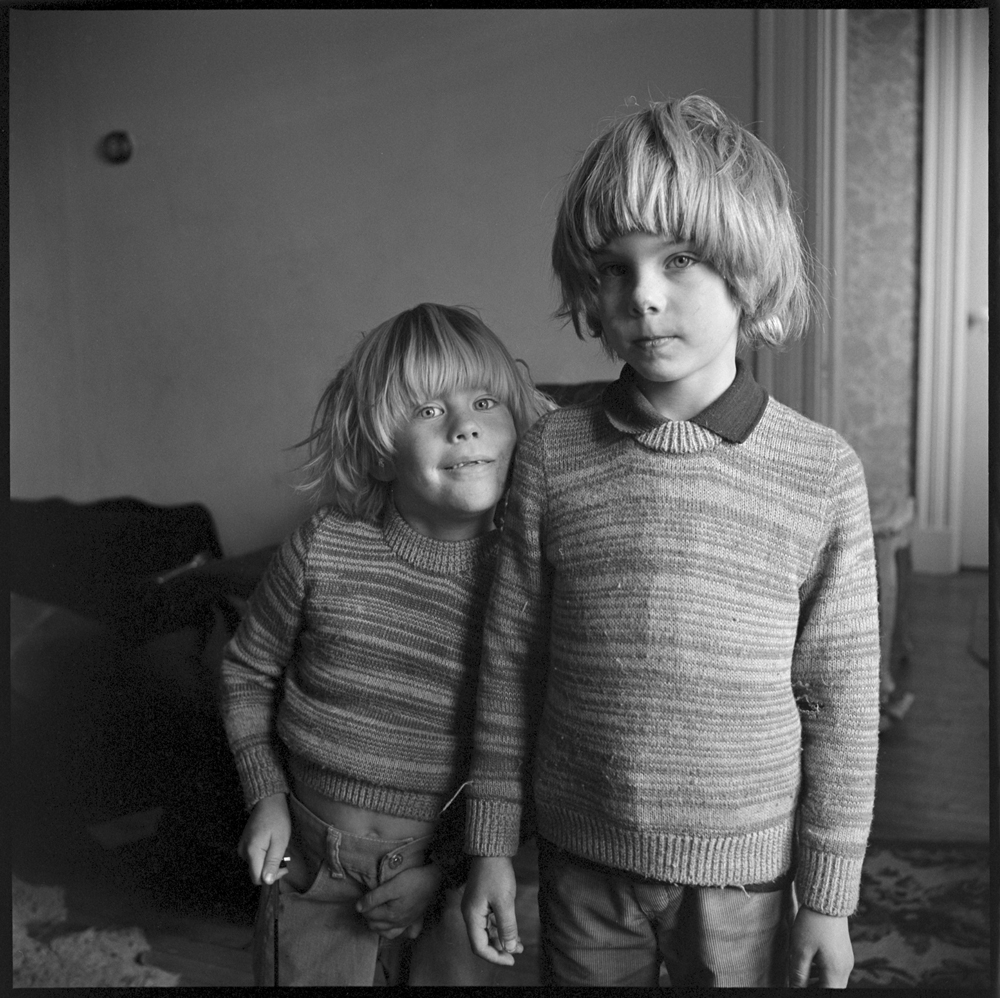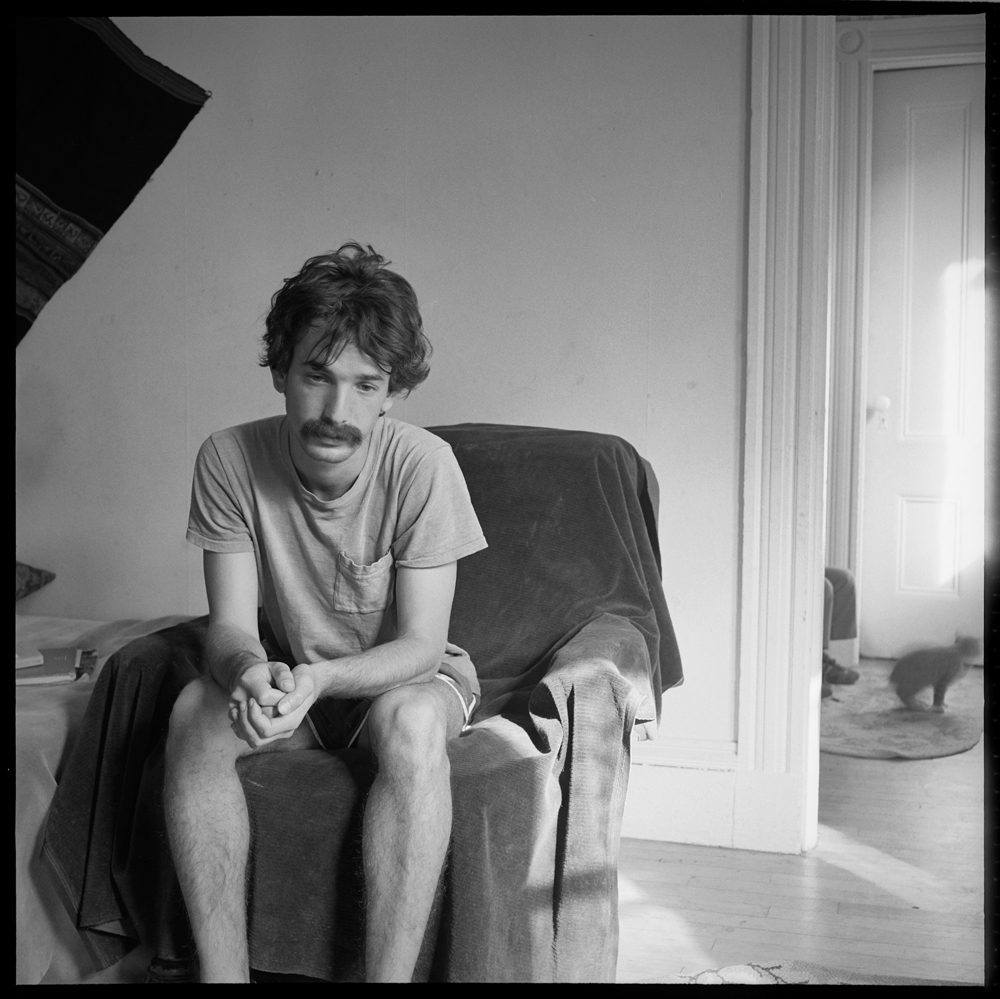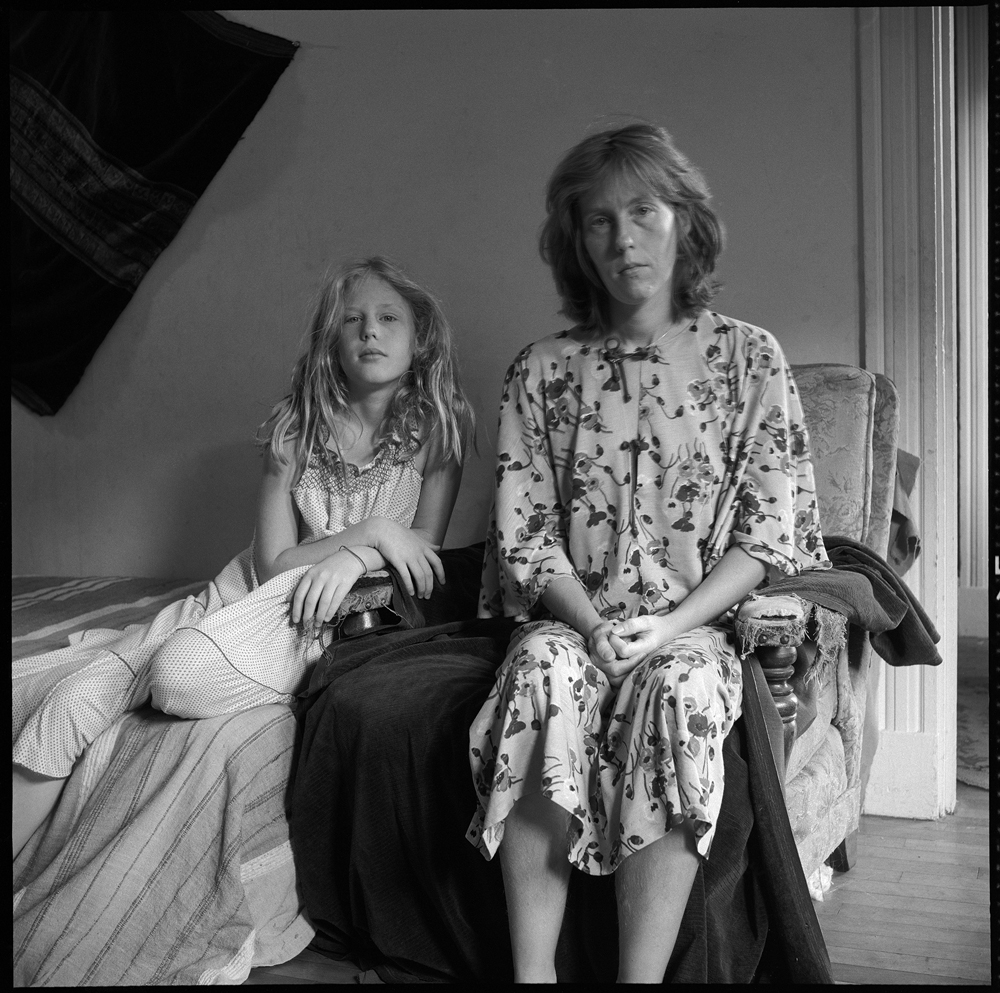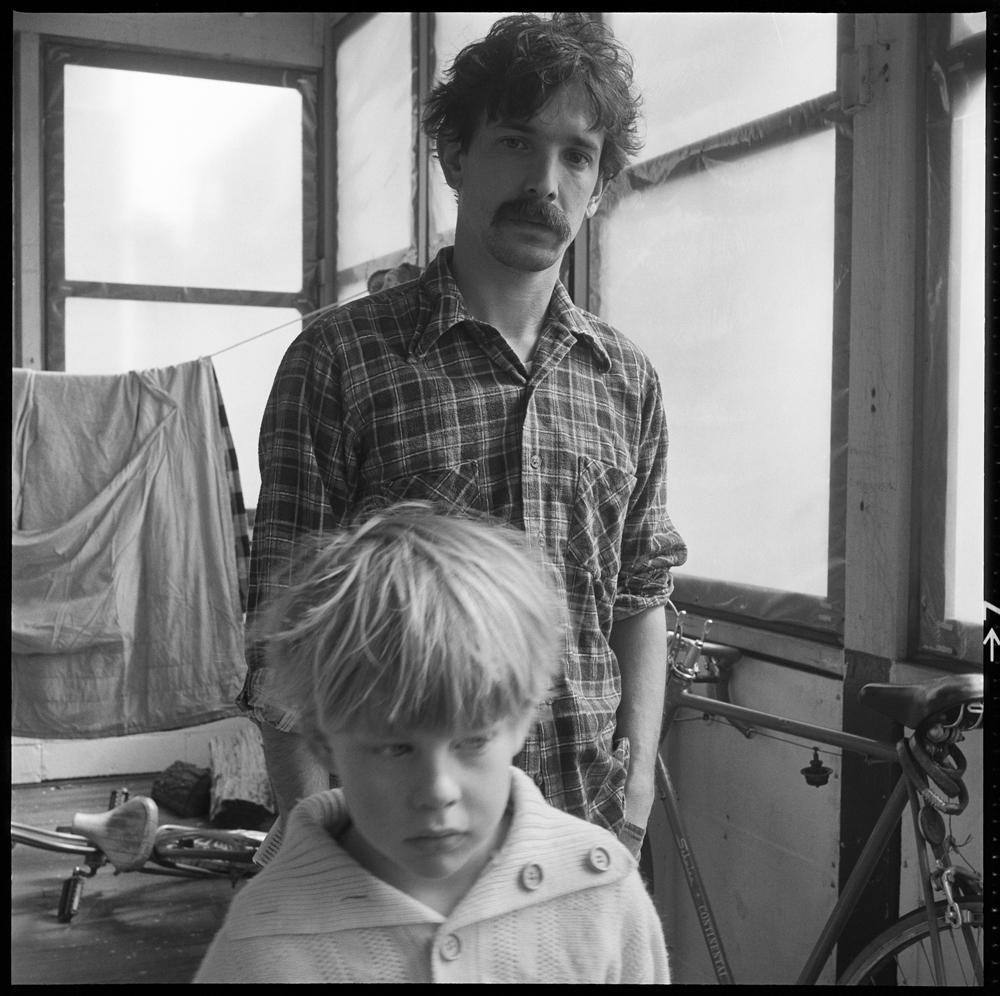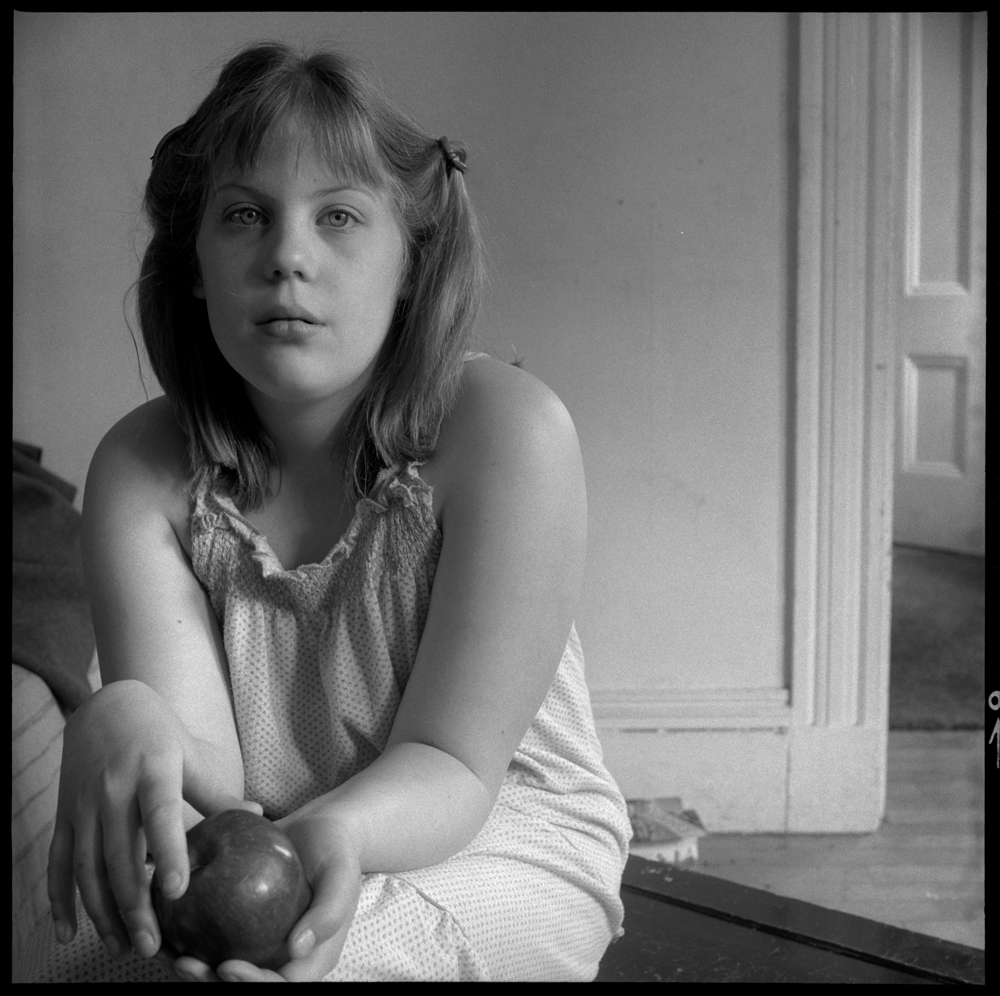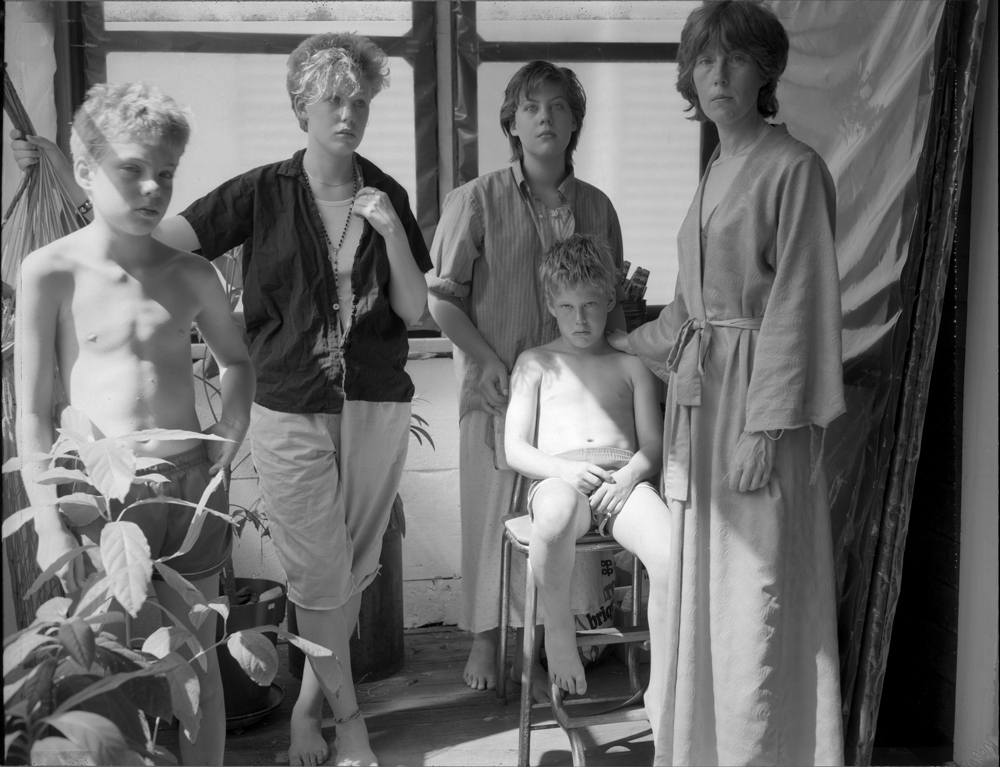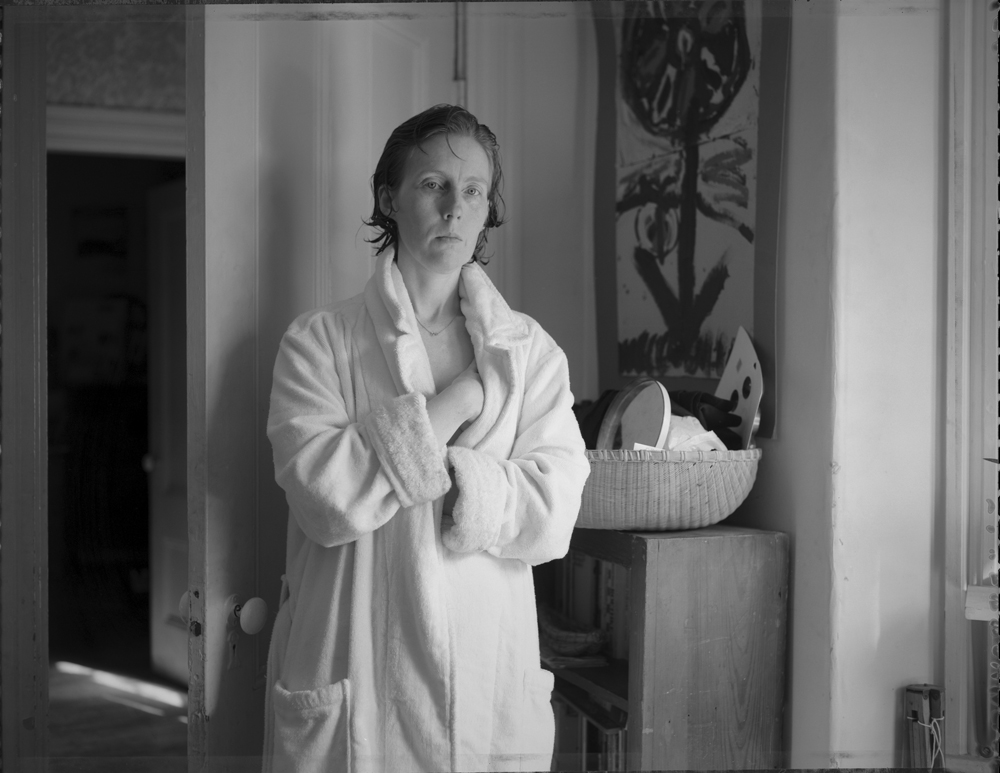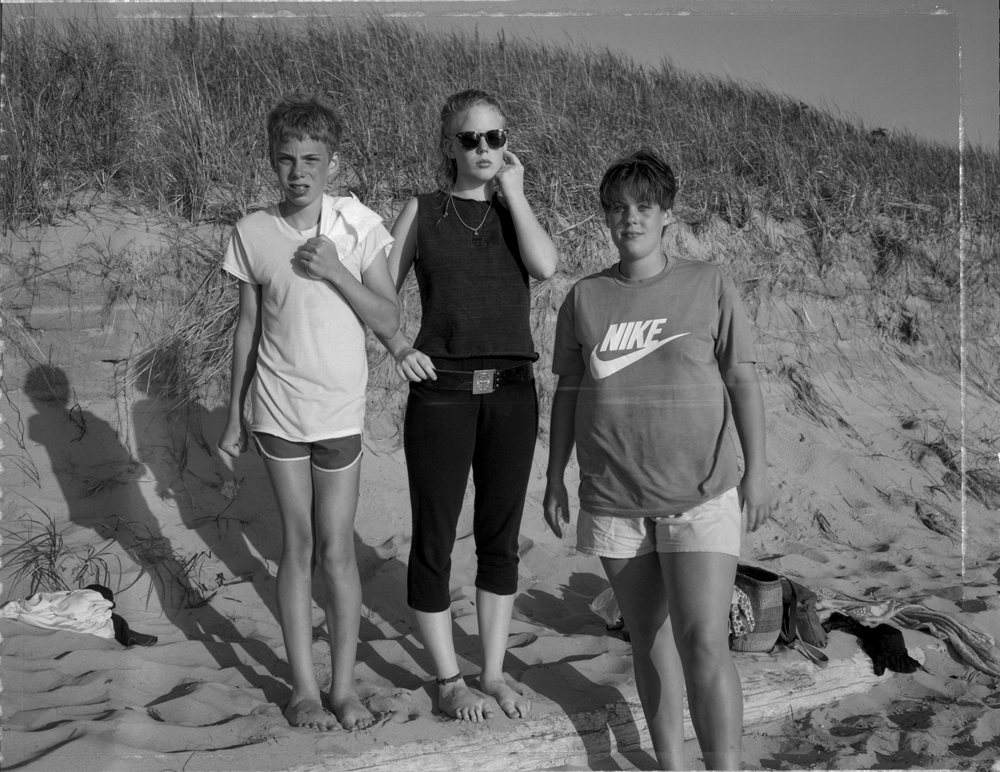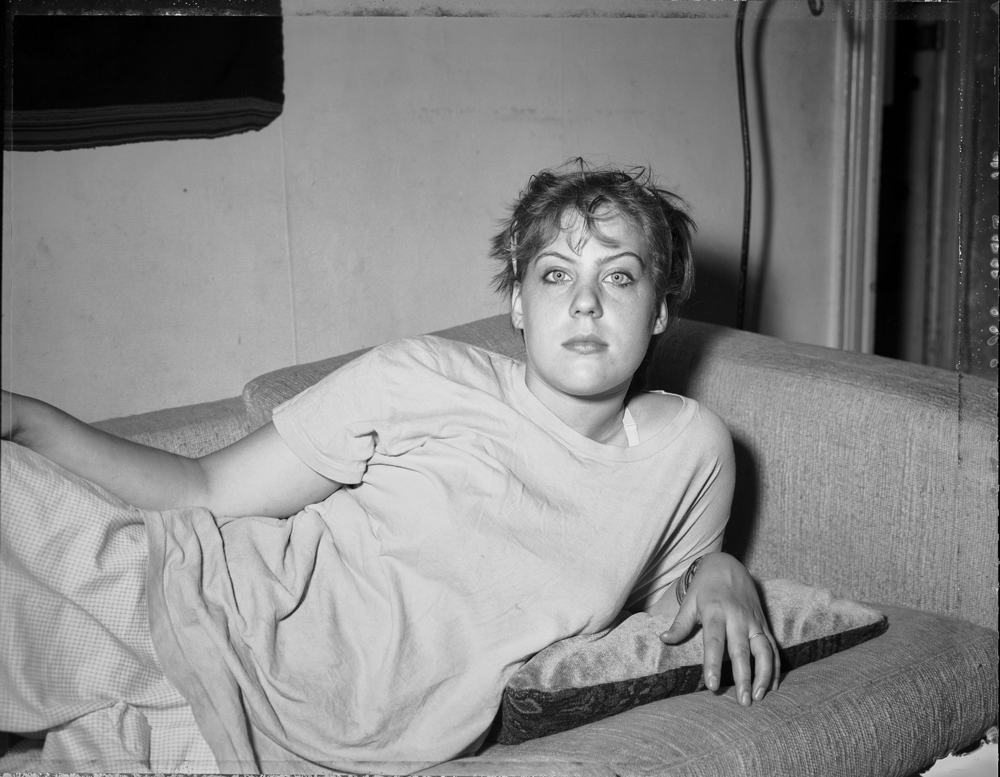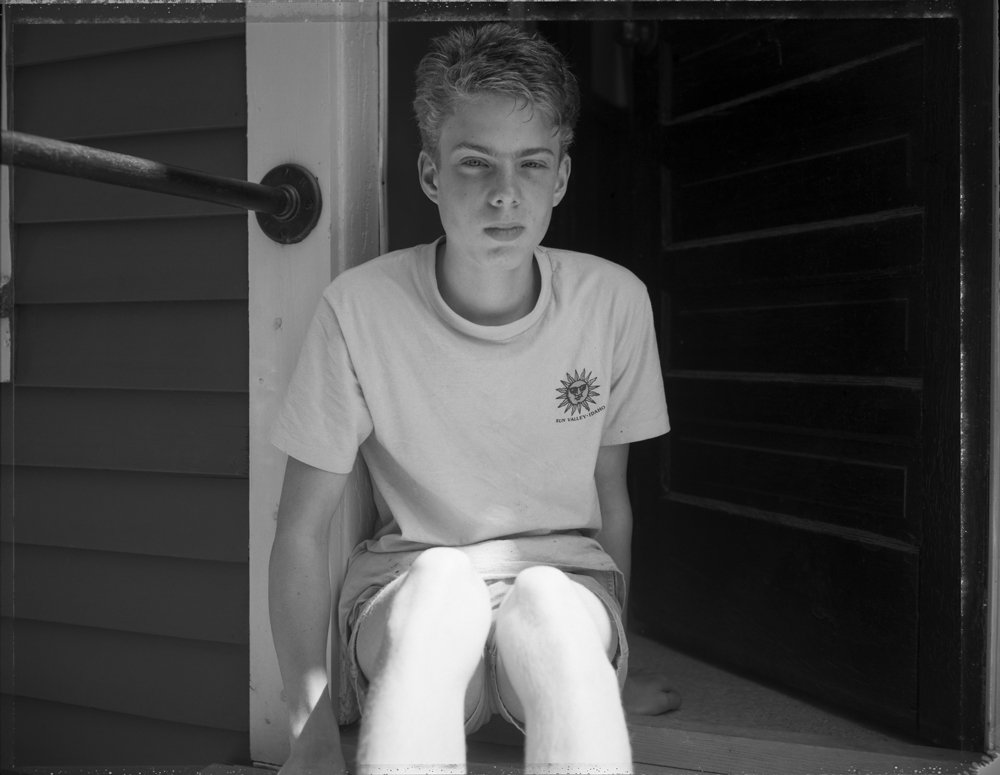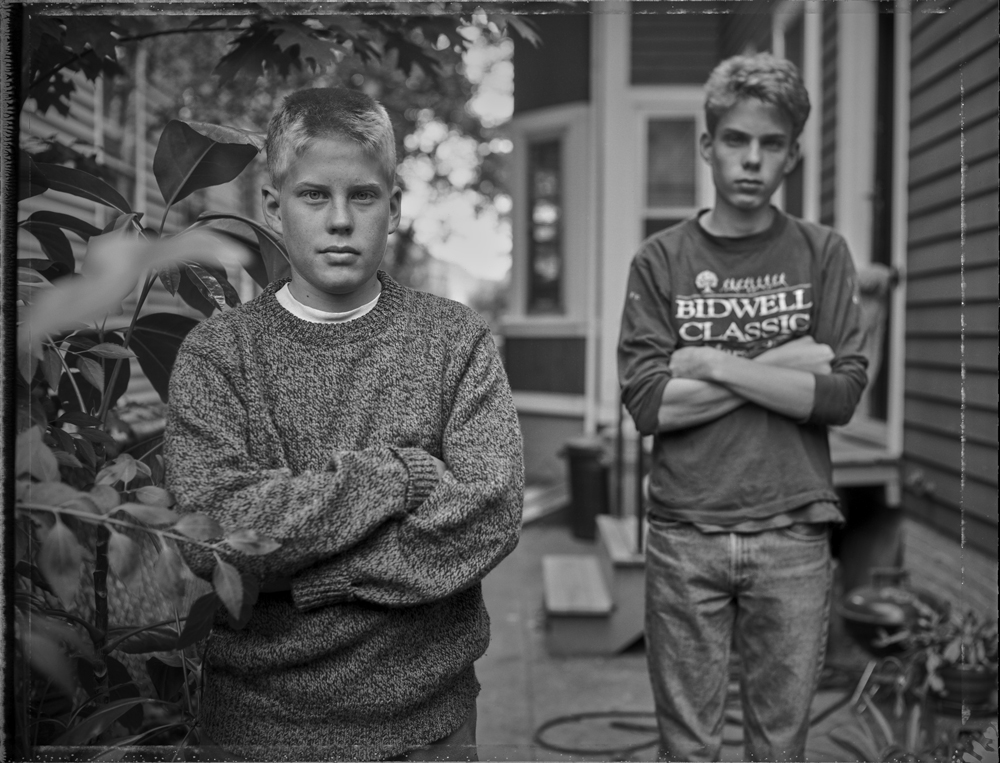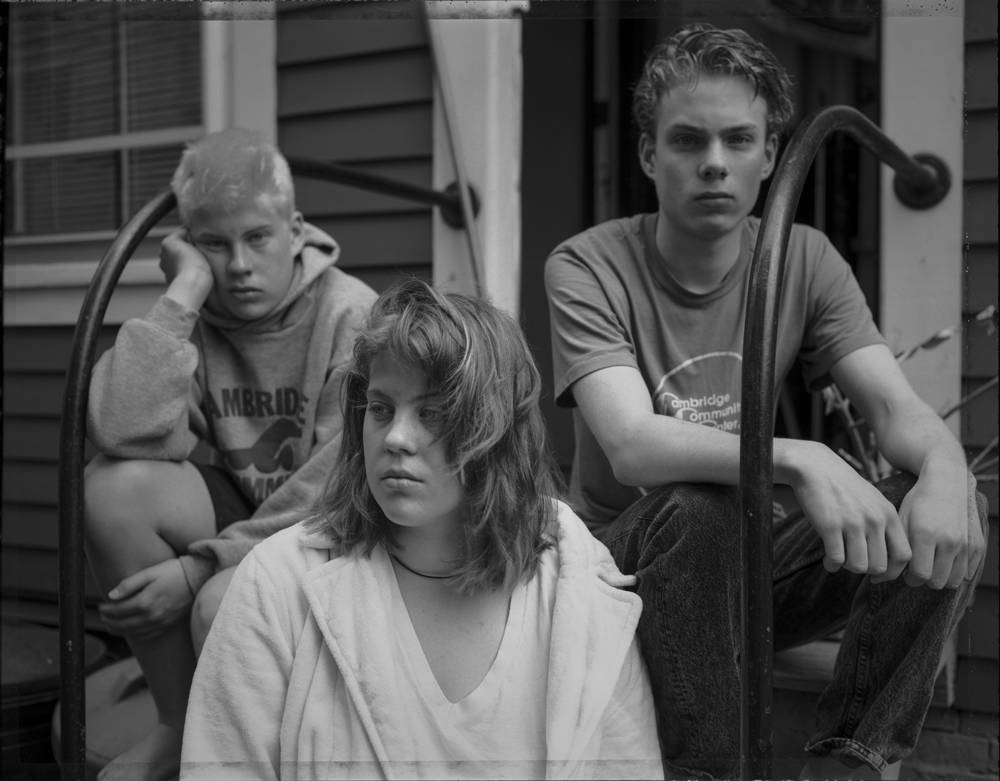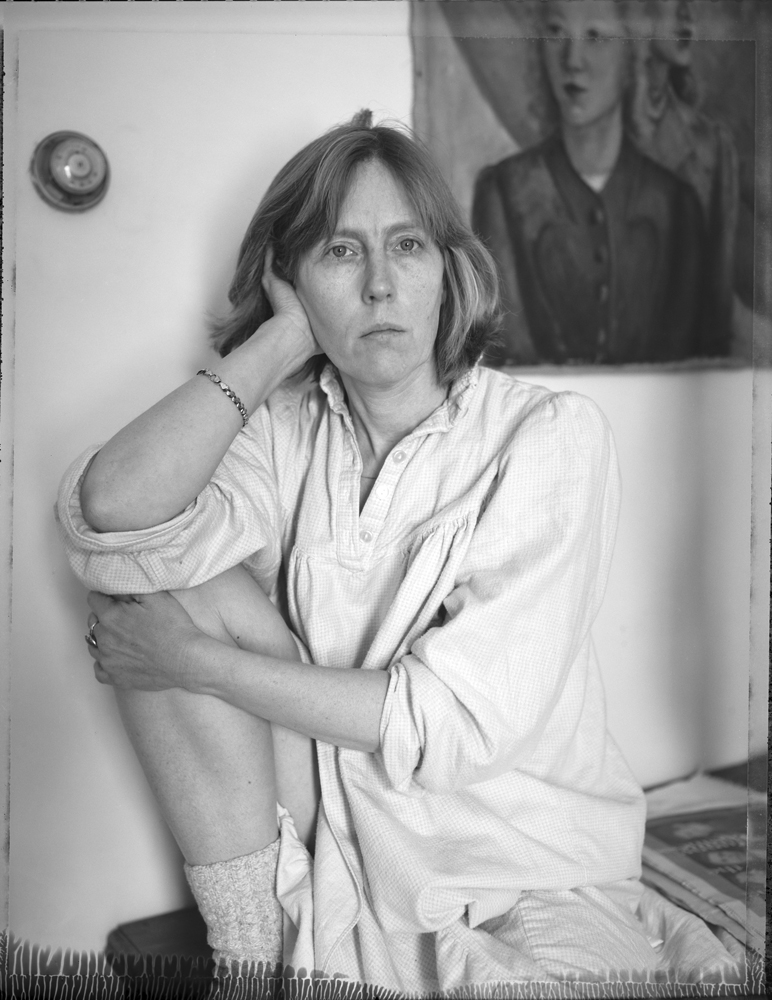Judith Black: Pleasant Street
When asked to curate a week of posts leading up to Mother’s Day, I wanted to show artists whose work had not been shown before on Lenscratch. Because of my own endeavors and interest in family photographs, I chose artists whose work evolved from being a mother or a daughter.
I met Judith Black virtually during the pandemic. Stuck at home, I was thrilled to get a message on Instagram saying, “We should talk sometime. Lots in common!” Judy photographed her children; I photographed my parents. With the miracle of FaceTime we began virtual chats that led to meeting in person at Paris Photo last November 2022. I’m pleased to introduce you to Judy on Lenscratch.
Since 1979, I have been making images of my family that serve as a touchstone for memories, creating a series of self-portraits and portraits of my family, transforming what I previously perceived to be the limitations of motherhood into source material for a body of work. My extensive research into self-portraiture, family albums, and women photographers reveals a deep collective need to make our personal narratives and memoirs a true representation of the past, which of course they can never be.
The photographs I have exhibited are our “family album” made public, or perhaps the reverse, my “art” made useful within the domestic space. Future generations might look at them to reconstruct a story of their fore-bearers. Others might see something of their experience in them. Beyond the names, dates, and places, the stories hiding just beneath the surface of the pictures are hard to confront and accept, much less to relate to others. The photographs are physical memories, evoking stories, truths and lies, all of which are ever changing depending on the reader’s perspective.
Motherhood is hard and complicated and joyful and lonely. That is what makes it such a rich experience. These photographs are a way for me to remember both the pleasures and pains of being part of and raising a family. Talismans, relics, fetish objects, memory holders — they are mine to touch. –Judith Black
Judith Black was born in Salina, KS, in 1945 and was raised in Springfield, IL. She has resided in Cambridge, MA with her family since 1979. Black’s work history includes ten years as a photography technician in a commercial lab and at the Basic Medical Science Research Lab at Brandeis University. Black taught at Wellesley College where she was head of the photography program for 25 years.
Known for her large format photographs using Polaroid Type 55 black and white film documenting the domestic interior and exterior, Black has been a practicing photographer since 1979, when she entered the MIT photography program leading to a Master of Science in Visual Studies in 1981.
During that time she realized that her most potent subject matter was close to home, recording her family of four children, partner and extended family members. She has been a photographer with an eye for the strange and marvelous in the everyday. Her photographs of domestic life in its many dimensions have been exhibited throughout the US and abroad.
A recipient of a Guggenheim Fellowship in 1986, Black was part of a new wave of photographers arising in the 1980s whose work revealed how the domestic interior, the lives of children, and the daily habits of the family are filled with meaning and arresting visual interest. Black’s work has been shown at museums internationally and is included in permanent collections such as the Museum of Modern Art, the Houston Museum of Modern Art, the Harvard University Art Museums, the Polaroid International Collection, The Rose Art Museum at Brandeis University and the Davis Museum at Wellesley College.
“Pleasant Street,” a book of her work from 1979 to 1994, was published in 2020 by StanleyBarker. A second book, “Vacation,” was released in June 2021. “Pleasant Street” was short-listed for the Aperture/ParisPhoto PhotoBook Award for First Photo Book.
Follow Judith Black on Instagram: @judithblackphoto
DD: I know from my experience that editing such personal family photographs can be a challenge. So I’m curious about how you choose which images to show as your artwork?
JB: Very good question… At the first, it was trial and error. I was in grad school and had feedback from others. Once I got my feet on the ground, it flowed pretty well. There is usually some kind of “punctum”, something slightly off that helps me pick the right photo. It could be a slight movement, a gesture, an odd thing in the background. When I think about it, I like photos that evoke a physical reaction to reach out and touch. A mental touch more that an actual touch. Although, the printing process in the darkroom requires one to touch the embedded face or hand or tee shirt.
My early art background was with drawing and painting, which morphed into printmaking, which morphed into photography. Composition, greyscale, light were pretty imbedded in my use of the viewfinder as a sheet of paper to work with. At some point I realized that I was better at photography than other media. Partly because of time issues. Photo work can be done in pieces. Many women artists have made the transition from other media to photography when they were raising a family…Imogene Cunningham, for example.
DD: Did your photographs flow from daily life? Or did you plan your sessions? Did you ever pose your children or arrange anything in the scene?
JB: Perhaps, both? When I realized that I would make my best work close to home, it was a logical progression to think of the work as a diary of sorts that would continue for a long time. The photos themselves are more spontaneous in some respects. Mother’s Day or a birthday was a good reason to take a picture. The exact timing or stance or place was a quicker decision. The planning had more to do with the light and the occasion than a specific idea for a formal arrangement of bodies to illustrate an idea. The kids pretty much grouped themselves with only a little coaching. I consider them collaborators.
The Polaroid film I used made it possible to take a 4”x5” negative and process it in about 60 seconds. It also produced a positive image which let me see instantly if we had a good photo. It had a very slow ISO of 60, so we knew that holding still was a necessary. The indoors settings had low light and therefore slow shutter speeds. Looking at the camera lens was important, too. Once I got the image I thought was good, we were done.
Deanna Dikeman has photographed her parents and relatives in Iowa and Nebraska for over 30 years. She was recently named a 2023 Guggenheim Fellow.
Instagram: @deannadikeman
Posts on Lenscratch may not be reproduced without the permission of the Lenscratch staff and the photographer.
Recommended
-
Andrew Lichtenstein: This Short Life: Photojournalism as Resistance and ConcernDecember 21st, 2025
-
Paccarik Orue: El MuquiDecember 9th, 2025
-
Lauri Gaffin: Moving Still: A Cinematic Life Frame-by-FrameDecember 4th, 2025
-
Dani Tranchesi: Ordinary MiraclesNovember 30th, 2025
-
Art of Documentary Photography: Elliot RossOctober 30th, 2025

